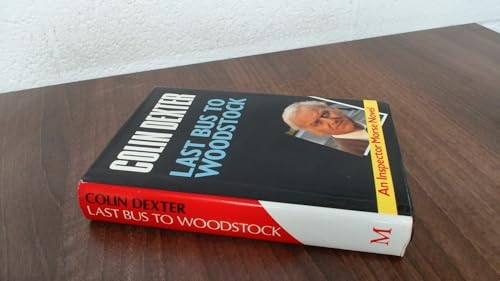
It was almost like you were transported and put into a new world, and the world was Woodstock.” Landy says the experience of Woodstock is something he'll never forget - for three days, the outside world didn't exist: “The experience of Woodstock, what Woodstock was about, was it took a person who was part of the bigger, of the larger world - with all its tax problems and its bank problems and its money problems and family problems and responsibility to family and blah, blah, blah - and it cut everybody off from everything. A lot of people kind of coalesced, I guess, in Woodstock during that period.” And because he lived in Woodstock, a lot of other people went up there - the Band went up there, and Richie Havens went up there, and Janis Joplin was there - even Jimi Hendrix was there for a while. And Bob was really, at that time, the most influential, and he lived in Woodstock. It became that because Bob Dylan moved there and in the '60s, Bob Dylan and the Beatles were the biggest bands around. Landy said he believes that Bob Dylan had a huge influence on the transformation of the now-legendary small town in upstate New York: “At the time, Woodstock was just becoming the mecca for music in the '60s. Chances are if you've seen a photo from the festival, Landy was the one who shot it.

Photographer Elliott Landy was commissioned by Michael Lang, one of the festival's organizers, to take photos of the three-day event.

It is what it is,' and you don't see that, especially in this day and age.” People were just doing anything they could to help each other out and they were just grooving. It's raining, and the vibe was just mellow. CCR's Doug Clifford recalled the feeling of the crowd at that time: “Here you have a half a million people, or whatever it is, under the worst of conditions - no bathrooms, no food, no water, no shelter. I get to be back at this end of the place where everybody, all the entertainers are, meet them all and get fed and treated like a queen ( laughs) and hang out in the mud.' It was amazing.”Ĭreedence Clearwater Revival performed on the second day of Woodstock, when the bill featured harder rock acts. My overwhelming sense was, 'What a treat. I mean, I was in the helicopter with Janis Joplin and my mother and my manager.

The headliner the first day was Joan Baez, who talked about her expectations during the helicopter ride to the grounds: “It was pretty clear on the helicopter ride into Woodstock this was going to be ( laughs) a historic weekend. The first day of the festival served to ease the crowd into the music and feature folk groups. Although Woodstock, which officially ran on August 15th, 16th, and 17th, 1969, was neither the first nor last major festival concert, the fact that the youth of America were able to congregate in one place with no violence during one of the most turbulent years of the decade, gave birth to the notion of the “Woodstock Nation” and gave a voice - and a face - to the hippie ideal.Īrtists who performed at the legendary festival included Joan Baez, Country Joe McDonald & the Fish, Arlo Guthrie, Richie Havens, Mountain, Janis Joplin, the Who, the Band, Canned Heat, Creedence Clearwater Revival, the Grateful Dead, Sly & the Family Stone, Jefferson Airplane, Santana, Blood, Sweat & Tears, Sha Na Na, John Sebastian, Crosby, Stills, Nash, and Young, Joe Cocker, and many, many more. More than 450,000 people converged upon the small upstate town to hear rock's biggest bands perform. It was 52 years ago today - August 18th, 1969 - that the Woodstock Music and Art Fair closed with Jimi Hendrix's epic final set, which wrapped three days of music in Bethel, New York.


 0 kommentar(er)
0 kommentar(er)
